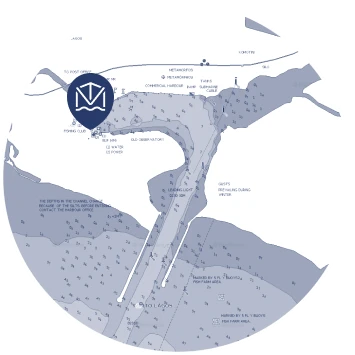Location & Local Weather
Porto lagos, North Aegean, Greece
Weather
Climate conditions in East Macedonia and Thrace differ locally. As someone would expect, due to its geographical position, the temperatures stay low. However, residents or visitors can always enjoy warmer days and nights, especially during springtime or the summer.
The temperature span between winter and summertime is wide (maximum temperature 38°C and minimum -5,8°C), while the average annual temperature ranges from 14°C to 16°C. Rainfalls are often as well, especially during the autumn months.
…the weather at the coastline of Macedonia and Thrace is mild, clear and resembles the Mediterranean climate.


min avg
9°C
max ave
32°C
max precipitation
DEC
In specific, the weather at the coastline of Macedonia and Thrace is mild, clear and resembles the Mediterranean climate. As one moves into the mainland of the Region and distances from the sea and the Aegean, with great mountains reaching high in the interior, the climate becomes continental. At the northern mountains, the winter is harsh and snowfalls are often.
For visitors, the spring and summer seasons are preferable. During this time, they may enjoy their strolls through the beautiful countryside of the region, without worrying for any abrupt weather changes that can make their journey harder.
On the islands of Samothrace and Thasos, the sea influences the climate and humidity becomes slightly more conceivable. Of course, the warmer seasons can always bring some beautiful sunny days on the island.
Additional climate insights
The months of January, February, March, October, November and December have a high chance of precipitation. December is the wettest month in Thrace. This month should be avoided if you are not a big fan of rain. August is the driest month. The warmest month in Thrace is August with an average
maximum temperature of 32°C. The coldest month is January with an average maximum daytime temperature of 9°C.st


